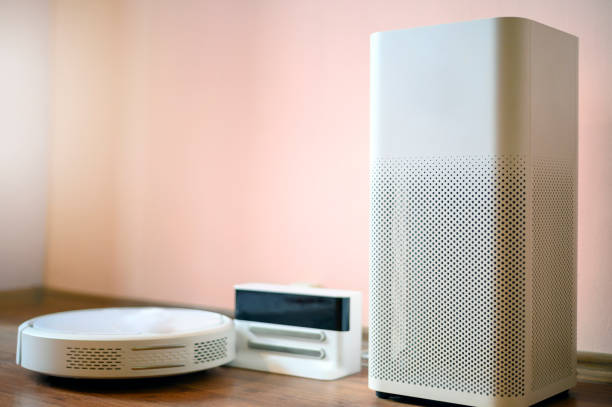Five Things To Consider When Purchasing A Dehumidifier

A dehumidifier is an extremely effective tool that will improve the quality
of your living and work environment. If you're experiencing damp winter weather
or sweltering summer humidity, dehumidifiers can ensure your comfort and shield
your home from the effects of mold and mildew.
If you're considering buying a dehumidifier this guideline will aid you in
choosing the ideal unit for your needs and use it as efficiently as you
can.
1. Find Out Your Space
Pint capacities help determine the size of the home. It is important to note
is that units that have a higher capacity per pint are more efficient in both
the removal of moisture and energy usage, so you shouldn't shy away from buying
larger units if you don't know the exact size of a pint your space
needs.
2. Take your time shopping and comparing
A few hours spent on comparison shopping could save you some serious cash in
the future. Examine the various brands and choose which will best suit your
needs. There are many models to choose from, with varying sizes as well as
design, capacity and drainage technique. Each model comes with the required
features to address humidity problems in the designated areas. It will be easier
to make informed choices when you are familiar with the features and types of
each kind.
3. Check for Drain Hose Attachments
A lot of modern dehumidifiers are equipped with drain hose attachments, which
allow water to flow out while the dehumidifier performs its job. This is
particularly important if you plan on using home air
purification frequently, regardless of whether you're in the basement or in
a humid space.
Having a drain hose attachment (and an open drain) will take away the hassle
of emptying the water reservoir frequently. If it isn't feasible to install a
floor drain then you should look for one that has an automatic shutoff feature
to stop the water bucket from filling up.
4. Don't forget to defrost.
While dehumidifying units are useful in hot conditions however, they're not
ideal for colder environments. However, models that operate at low temperatures
can still be used in colder environments as low as 30 degrees F and still work
efficiently.
5. Placement is a Concept
The most important tip of all has to do with location of commercial
dehumidification. After you have brought the unit to your home, you'll need to
decide where it will be placed. It could make all the difference in comfort and
efficiency. A few quick tips on positioning can help you make the best
choices:
A single dehumidifier is typically the most effective when it is placed in the center of a room or an open space.
Manufacturers recommend that your dehumidifier should have at least six inches of clearance from all sides.
The area of coverage for each unit is not taken into account walls that
separate rooms. Therefore, even if the first floor of your home is 2,000 square
feet and the coverage area of your dehumidifier is 2,000 square feet, that is
only open space and you will need to take into account obstructions to the
airflow.
By shopping carefully for dehumidifier with care, you'll have the best outcomes for your living space. Modern dehumidifying technology can make your home and office a pleasant place to work throughout the year.
Comments
Post a Comment